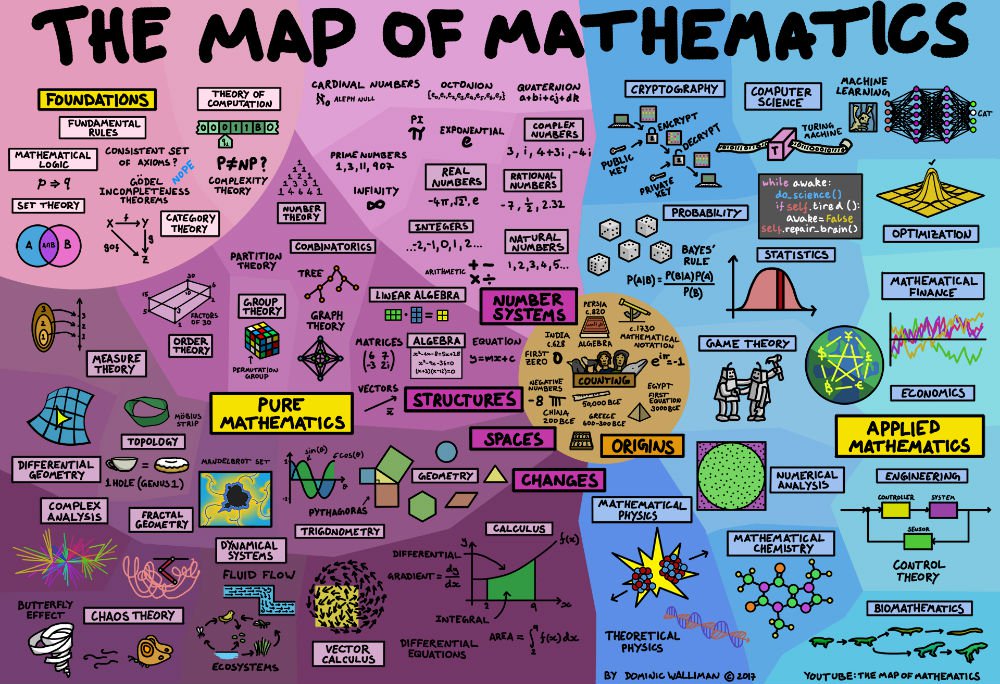
Instructor: John Gemmer
Office: Manchester #360
Phone: 336-758-5386
E-mail: gemmerj@wfu.edu Office Hours: Tuesday 3-5, Wednesday 1-2, Thursday 2-4
Lecture: MTWF: 10:00-10:50, Manchester Hall 245
Textbooks: See syllabus.
Course Handouts:
1. Syllabus: (.pdf)
2. Homework Policy: (.pdf)
3. Latex Templates
4. Overleaf
5. Project Rubric: (.pdf)
6. Sample Project 1: (.pdf)
7. Sample Project 2: (.pdf)
8. One Dimensional Predator Prey Reaction Diffusion Movie (.mov)
9. Two Dimensional Predator Prey Reaction Diffusion (.mov)
Mathematica Notebooks:
1. Competing Species (.nb)
2. Limit Cycle Example (.nb)
3. Gradient System Example (.nb)
4. Logistic Equation Calculation (.nb)
5. Lorenz Equations (.nb)
Matlab Scripts:
1. Logistic Equation Dynamics (.m)
2. Logistic Equation Orbital Bifurcation (.m)
3. One Dimensional Predator Prey Reaction Diffusion (.m)
4. Two Dimensional Predator Prey Reaction Diffusion (.m)
Lecture Notes:
1. Lecture 1: (.pdf)
2. Lecture 2: (.pdf)
3. Lecture 3: (.pdf)
4. Lecture 4: (.pdf)
5. Lecture 5: (.pdf)
6. Lecture 6: (.pdf)
7. Lecture 7: (.pdf)
8. Lecture 8: (.pdf)
9. Lecture 9: (.pdf)
10. Lecture 10: (.pdf)
11. Lecture 11: (.pdf)
12. Lecture 12: (.pdf)
13. Lecture 13: (.pdf)
14. Lecture 14: (.pdf)
15. Lecture 15: (.pdf)
16. Lecture 16: (.pdf)
17. Lecture 17: (.pdf)
18. Lecture 18: (.pdf)
Homework Assignments:
:)
Potential Projects:
Research Papers:
1. Why are more people right handed?
2. Chaos and Scheduling Buses.
3. Synchronization and the Millenial Bridge.
4. Cats, rats, and seabirds.
5. Water mites and mosquitoes.
6. Coexistence and chaos in complex ecologies.
7. Tuberculosis in badgers and cows.
8. Modeling the decline of religous affliation.
9. Modeling language death.
10. Ultimate fate of constrained voters.
11. Rock, paper, scissors and the evolution of lizards.
12. Modeling the love story in "Gone with the Wind"
13. Dynamical Characteristics Common to Neuronal Competition Models.
14. The power of true believers.
15. Sychrony in frogs.
16. Predator prey food chains with adaptation.
17. Particle interactions and pattern formation.
18. Swarming and flocking behavior.
19.
Rolling swarms of locusts.
20. Rise and fall of political parties.
21. Warfare.
22. Synchronization of cows.
23. Modeling insect outbreaks.
24. Sychrony in fireflys.
25. Modeling cell division.
26. Oscillations in chemical reactions
27. Modeling a fish hatchery with periodic harvesting
28. Modeling the loss of arctic sea ice.
Chapters from texts (undergraduates only):
Topics in Mathematical Modeling, K.K. Tung:
1. Chapter 9: Snowball Earth and Global Warming.It's a Nonlinear World, Richard Enns:
2. Chapter 10: Marriage and Divorce.
3. Chapter 12: El Nino and the Southern Oscillation.
4. Chapter 14: Collapsing Bridges: Broughton and Tacoma Narrows.
1. Chapter 5: Motion.
2. Chapter 6: Sports.
3. Chapter 7: Electromagnetism.
4. Chapter 8: Weather.
5. Chapter 9: Chemistry.
6. Chapter 10: Disease.
7. Chapter 11: War.
